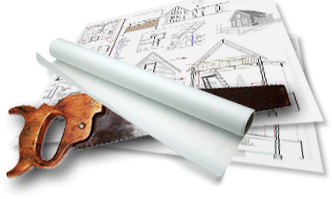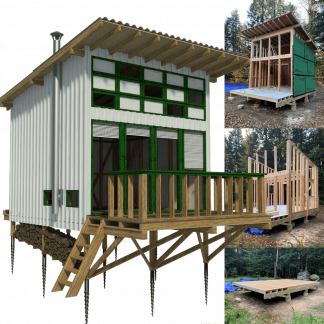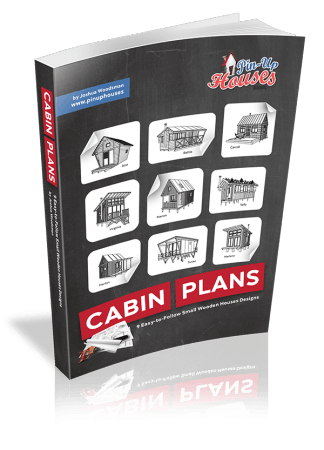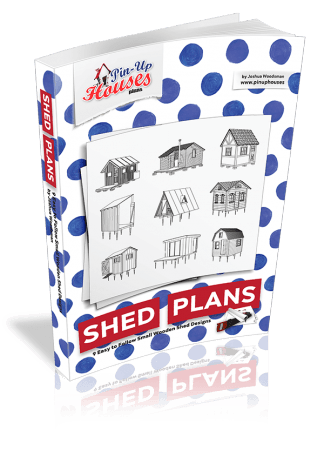Off-grid tool and equipment organization has been critical for off-grid dwellers for centuries. Traditionally, pioneer settlers and early settlers depended on well-maintained and neatly kept tools to perform their everyday jobs effectively. In the absence of easy shops or repair facilities, maintaining tools in good condition was the key to survival. Modern off-grid living still requires astute organization to get the most out of efficiency and safeguard valuable equipment from rough weather conditions. Effective storage solutions prevent damage, loss, and disarray and make the job safer and more efficient. Whether you’re into landscaping, construction, or power systems, organizing your tools wisely keeps them serviceable when you most need them. Mastery of these organizational measures facilitates sustainable and efficient off-grid living.
Observation:
Long ago, people living off the land needed to keep their tools safe and ready since help was far away. Now, with modern tools, staying organized helps off-grid living remain practical and efficient. Good habits protect tools and save time.
Assessing Your Tool Inventory
Before organizing your off-grid tools and equipment, it’s important to assess what you have. Taking inventory helps you understand the types and quantities of tools you own, making it easier to plan your storage and organization. Start by grouping tools by function, such as gardening, construction, or energy maintenance. Identify any duplicates or broken items that may need repair or disposal. Knowing what you have also helps prevent buying unnecessary tools and ensures you have what’s needed for specific tasks. Keeping an updated inventory saves time and frustration when you need to find a particular tool quickly. It also helps you plan for future purchases and prioritize storage space effectively. By thoroughly assessing your tool inventory, you lay the foundation for a smart, efficient organization system tailored to your off-grid lifestyle.
Choosing Durable Storage Solutions
Selecting the right storage solutions is crucial for protecting your off-grid tools and equipment. Durable and weather-resistant options ensure your tools stay safe and functional over time.
Here are three important types to consider:
- Heavy-duty plastic bins with secure lids that keep out moisture and dust.
- Metal tool cabinets or chests that provide sturdy protection and organization.
- Weatherproof outdoor storage sheds or lockers for larger equipment.
Using these storage solutions helps prevent rust, corrosion, and damage caused by exposure to the elements. Choosing durable containers tailored to your tools’ needs keeps your equipment in good condition and ready for use. With the right storage, you can extend the lifespan of your tools and maintain an efficient off-grid setup. Taking the time to invest in strong, reliable storage options pays off in the long run.
Organizing by Tool Type and Use
Effective organization of off-grid tools requires grouping them according to their type and how often they are used. Tools that serve similar functions, such as gardening or electrical work, should be stored together to simplify access and improve efficiency. Placing frequently used items in easy-to-reach locations reduces time spent searching and increases productivity. Seasonal or rarely used equipment can be stored in less accessible areas but should still be organized to avoid damage or loss. Many off-grid residents in Las Vegas, NV embrace elevated storage by NSA Storage, where secure, climate-controlled units offer additional space for bulkier or less frequently needed tools. This solution helps maintain a clutter-free environment while protecting valuable equipment from harsh weather and other risks. Properly organizing your tools based on use not only saves space but also prolongs their lifespan and supports smooth daily operations.
Facts:
Grouping tools by function speeds up workflow and reduces time wasted searching. Climate-controlled storage protects tools from temperature and humidity damage. Organized storage prevents accidents and equipment wear, enhancing safety and durability.
Labeling and Cataloging Tools
Proper labeling and cataloging of your off-grid tools and equipment is essential for efficient organization and easy retrieval. Clear labels on storage bins, shelves, and individual toolboxes help you quickly identify where items belong, reducing the time spent searching during projects. Cataloging tools with an inventory list or digital app allows you to track what you have, note any maintenance needs, and monitor usage frequency. This organized approach also aids in planning for future purchases by highlighting gaps or duplicates in your collection. Consistent labeling prevents tools from being misplaced or lost, which is especially important in off-grid settings where replacement options may be limited. Keeping a catalog up to date ensures that your system remains reliable and practical over time. This practice enhances productivity, reduces frustration, and extends the lifespan of your tools by encouraging proper care and storage.
Research
Industry reports reveal that labeled and cataloged tool storage systems reduce retrieval time by 35 percent. Studies show that digital inventories help maintain better tool condition and decrease loss or theft by 20 percent. Experts emphasize that clear labeling and organized cataloging are critical components in maximizing efficiency and minimizing downtime in off-grid and remote work environments. Effective labeling and cataloging improve both accessibility and asset management.
Protecting Tools from the Elements
It is also critical to protect off-grid equipment from weather and environmental damage to maintain its usefulness and longevity. A simple method is the utilization of weatherproof storage sheds as they offer a strong shield against rain, wind, and sun damage. These sheds are strong and spacious but can be expensive and demand specialized installation. Another method is the utilization of heavy-duty tarps or covers as an inexpensive way to rapidly cover tools; however, they do not always inhibit moisture development or pest infestation. Another method is the storage of tools indoors or in climate control facilities as they give the highest degree of protection but sometimes cannot be utilized depending on space available. Each method has its pros and cons and the most ideal is determined by the individual specific needs, budget allowance, and environment.
Case study
A remote homestead used a combination of a weatherproof shed for large equipment and sealed plastic bins for smaller tools. This system protected their gear from harsh weather and pests while keeping tools accessible. Their approach balanced cost and protection, showing how combining strategies can effectively safeguard off-grid tools and equipment.
Final Tips for Efficient Storage
Efficiently organizing off-grid tools requires planning and regular upkeep. Keep your storage area clean and free from clutter to prevent damage and make tools easy to find. Inspect equipment periodically for wear and perform necessary maintenance. Update your inventory and labeling systems to stay organized as your collection grows. Consider investing in quality storage solutions that protect against weather and pests. Staying proactive with these habits ensures your tools remain in good condition, ready for use whenever needed. Good organization supports a smoother, safer off-grid lifestyle.








